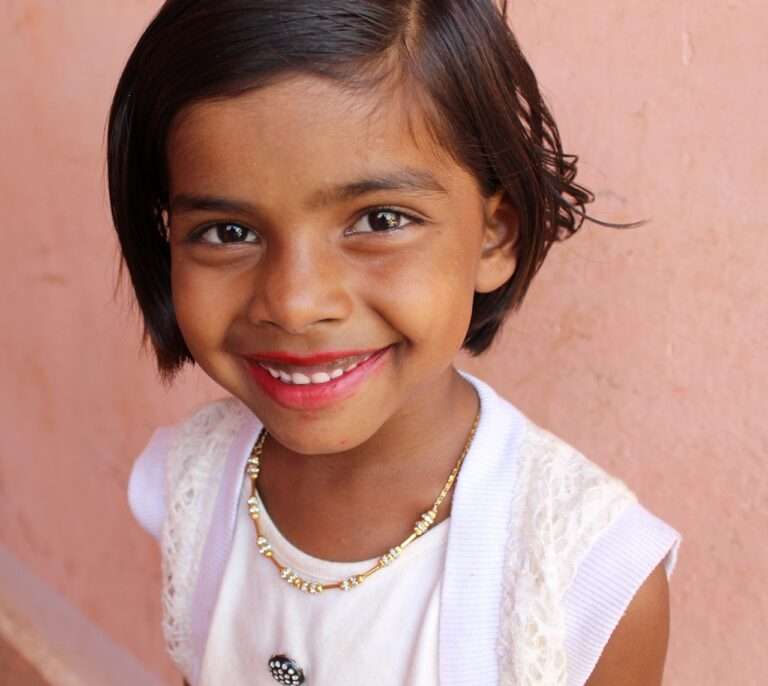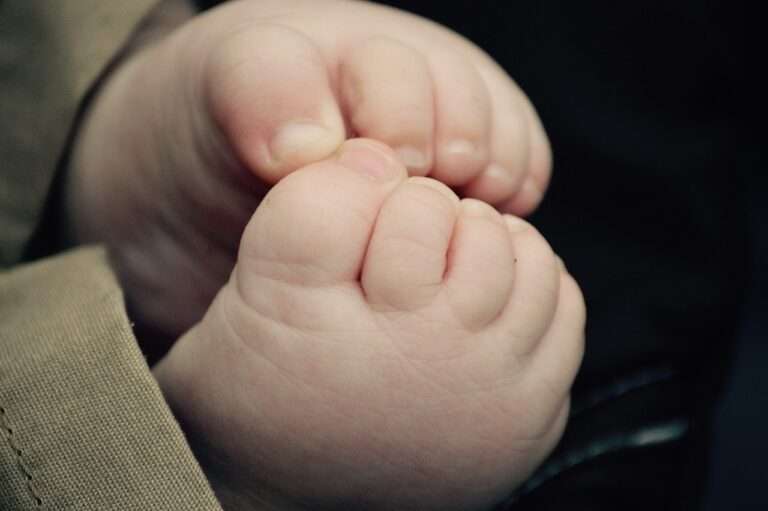Birthmark issues in children
While most birthmarks in children are benign and harmless, some may present issues that require medical attention or intervention. Here are common birthmark issues in children and when to seek medical attention:
- Rapid Growth: If a birthmark suddenly starts growing rapidly, it could be a cause for concern. Rapid growth may indicate an underlying issue, and it’s important to have it evaluated by a healthcare provider.
- Bleeding or Ulceration: Birthmarks that bleed or develop ulcers should be examined by a healthcare professional. Continuous bleeding or open sores on a birthmark may require medical treatment.
- Pain or Discomfort: If a child experiences pain, itching, or discomfort associated with a birthmark, it should be addressed by a healthcare provider. This may require treatment to alleviate symptoms.
- Color Changes: Any significant change in the color of a birthmark, especially if it becomes very dark or black, should be evaluated by a healthcare provider. Color changes can sometimes be indicative of underlying issues.
- Location and Functionality: Birthmarks that are located in areas that interfere with a child’s vision, hearing, breathing, or movement may require medical assessment and, in some cases, treatment.
- Cosmetic Concerns: Birthmarks that cause cosmetic concerns for the child or parents may be addressed with various treatments, such as laser therapy or surgical removal, after consultation with a dermatologist or plastic surgeon.
- Port-Wine Stains (Vascular Birthmarks): Port-wine stains are flat, purple-red birthmarks that do not fade over time. While they are usually harmless, they may become thicker and more raised over time. Regular monitoring and potential treatment options, such as laser therapy, may be considered.
- Hemangiomas (Vascular Birthmarks): Hemangiomas are raised, red or purplish growths that typically grow rapidly during the first few months of life. While many hemangiomas resolve on their own, some may require treatment if they interfere with vision, breathing, or feeding.
- Moles: Moles (nevi) that change in size, shape, or color should be examined by a healthcare provider, as changes could be a sign of skin cancer. Any new moles that develop after infancy should also be evaluated.
- Psychosocial Impact: Birthmarks that affect a child’s self-esteem or cause emotional distress may be addressed through counseling or support. Parents and caregivers can work with healthcare providers to explore options for managing any psychosocial concerns.
It’s important for parents and caregivers to be vigilant and monitor any changes or issues associated with birthmarks in children. While most birthmarks are harmless and resolve over time, any concerning signs or symptoms should prompt a visit to a healthcare provider or dermatologist for evaluation and guidance on appropriate management or treatment options.
------------From our Sponsors------------









